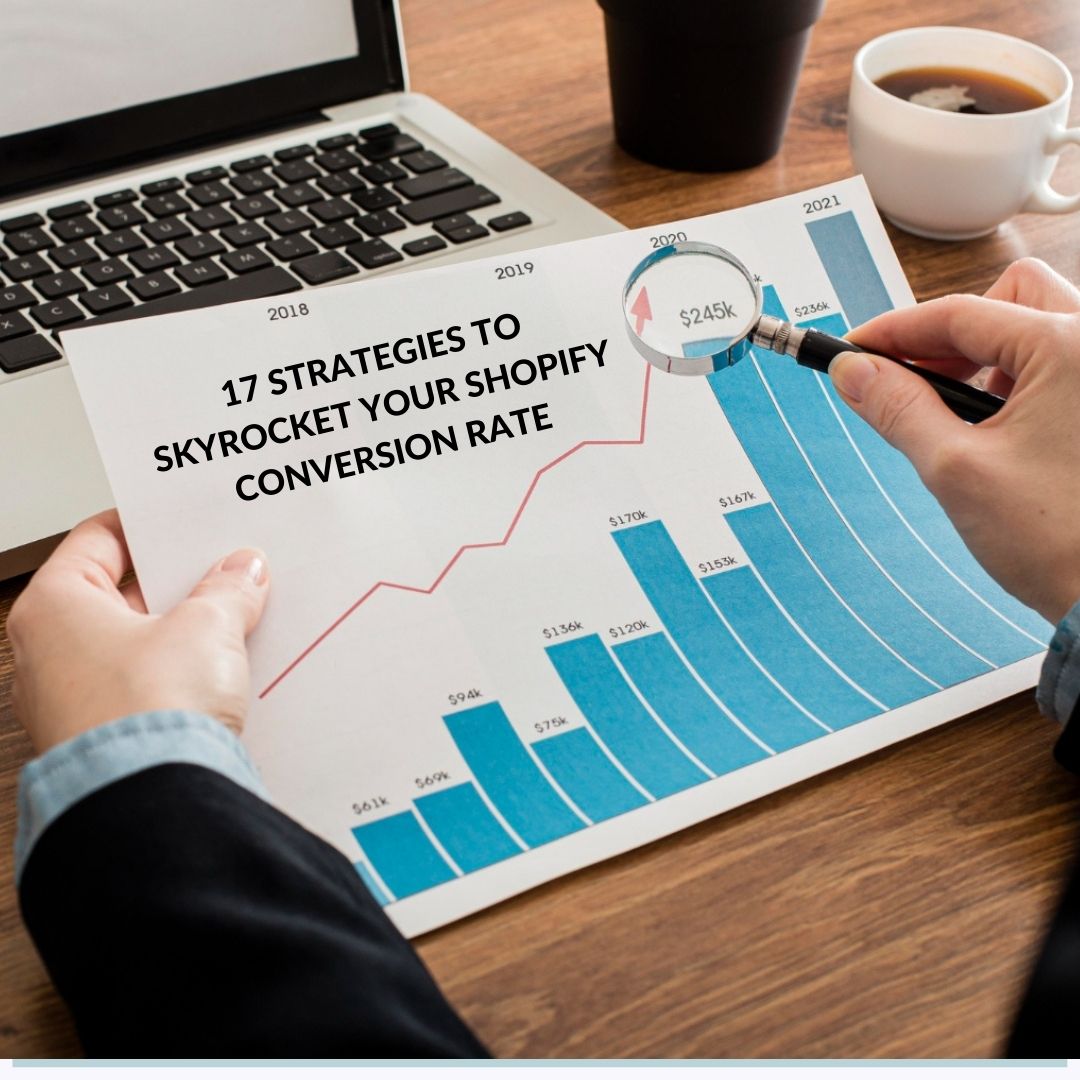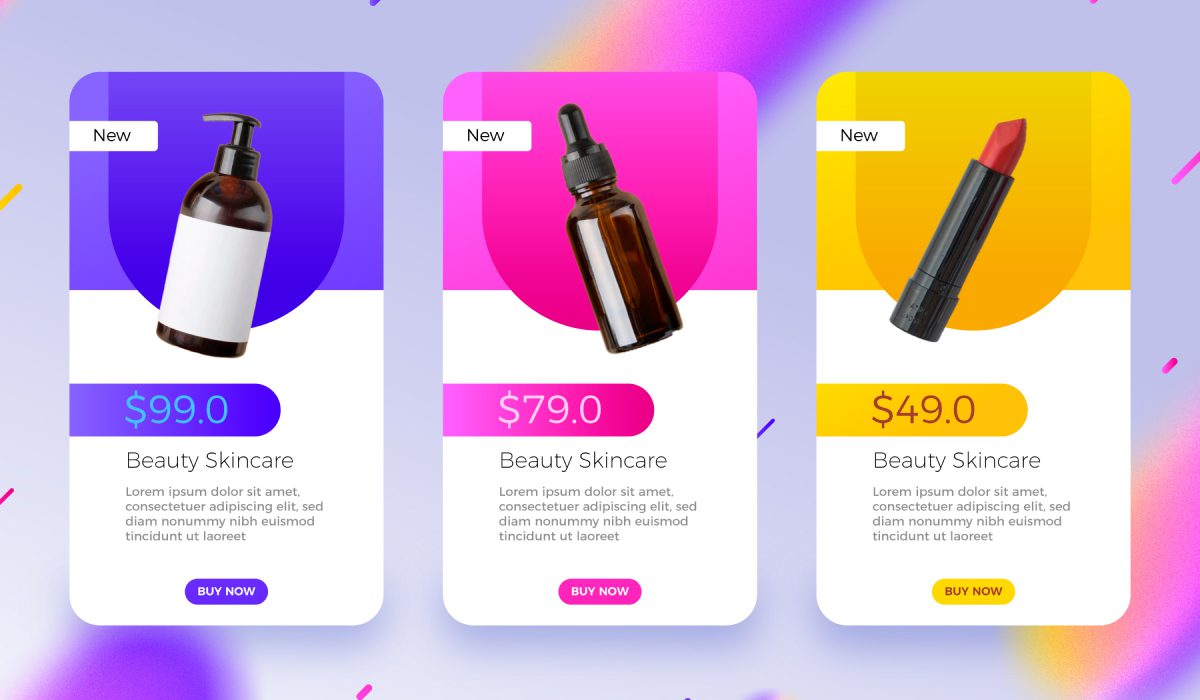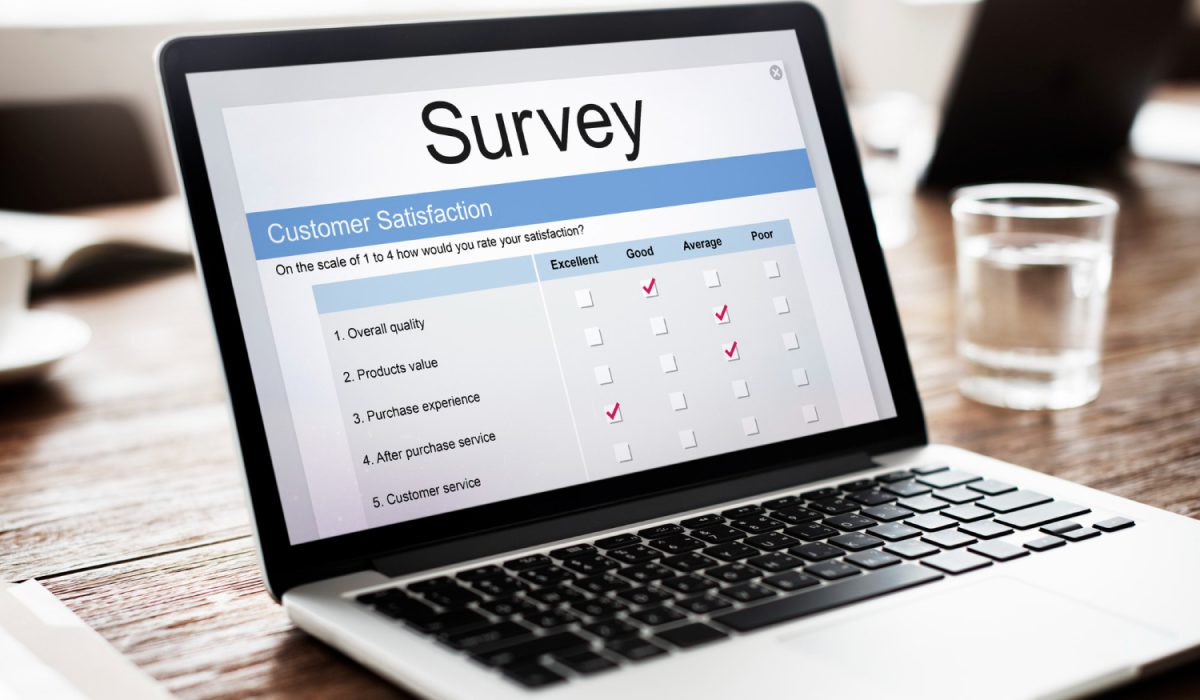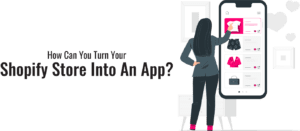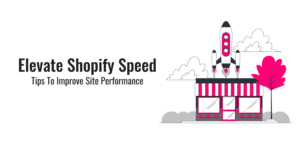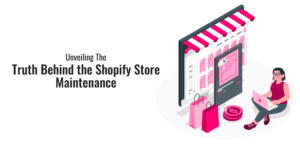Ready to turn clicks into cash? Let’s optimize your Shopify store for maximum conversions.
As a Shopify store owner, your goal is turning visitors into loyal customers. We’re here to help you boost your conversion rate and succeed!
This definitive guide by vkommerce will unveil 17 proven strategies that will boost and supercharge your Shopify conversion rate.
Whether you’re embarking on your online entrepreneurial adventure or seeking to fine-tune an established store, these strategies are your golden ticket to success.
But first, let’s lay the foundation by understanding the essence of conversion rate and how to wield it to your advantage.
Importance of Shopify CRO:
Before we dive into the strategies, let’s take a moment to understand why having a high conversion rate is crucial for your Shopify store’s success.
High conversion rate means more visitors turn into paying customers, increasing revenue and profitability.
It’s like turning window shoppers into loyal patrons. Moreover, ecommerce conversion optimization is becoming a vital part.
So, by implementing these strategies, you can drive more sales and take your Shopify business to new heights.
What is the Conversion Rate Formula and how to calculate it?
Your conversion rate is the percentage of website visitors who take a desired action, such as making a purchase, signing up for a newsletter, or filling out a contact form.
The formula to calculate the conversion rate is as follows:
Conversion Rate (%) = (Number of Conversions / Total Visitors) x 100
Top 17 Strategies to Skyrocket Your Shopify Conversion Rate:
Now that we have the basics covered let’s explore the strategies that will help to increase conversion rate shopify.
1. Craft a Purposeful Homepage with a Clear Call to Action
Your homepage is the first thing visitors see, so make it count. Create a clean, visually appealing homepage shows what your brand offers and includes a prominent call to action (CTA).
Whether it’s “Shop Now,” “Learn More,” or “Subscribe,” a compelling CTA guides visitors toward the desired action.
- Use high-res images and videos.
- Feature top-selling products.
- Utilize image sliders for promotions.
2. Enhance Shopify Store Navigation for User-Friendliness
User-friendly navigation is crucial for keeping visitors engaged and helping them find what they want.
Organize your products into logical categories, use clear labels for your menu items, and implement a search function to make navigation seamless.
- Organize products with logical categories.
- Add a prominent search bar.
- Ensure clear and intuitive menu labels.
3. Understanding Your Audience for Better Results
Know your audience inside out. Conduct market research, create buyer personas, and tailor your products, messaging, and design to meet their needs and preferences.
Understanding your audience allows you to provide a more personalized shopping experience.
- Conduct market research and create buyer personas.
- Personalize products, messaging, and design.
- Stay updated on competitors and market trends.
4. Speed Up and Mobile Optimize Your Site
A slow-loading website can lead to high bounce rates and abandoned carts. Optimize your site’s speed by compressing images and using a content delivery network (CDN).
Additionally, ensure your site is mobile-responsive for users on smartphones and tablets.
- Compress images for faster loading.
- Implement a content delivery network (CDN).
- Prioritize mobile-responsive design.
If your Shopify store is running slower than you’d like so you can turbocharge your online business with the best Shopify speed optimization services.
5. Opt for Crisp Product Photography
Product Photography plays an important role in Shopify conversion rate. High-quality product images are essential for enticing potential customers.
Invest in professional product photography that showcases your items from multiple angles, zooms in on details, and clearly represents your products.
- Showcase products from multiple angles.
- Enable Zoom for detailed viewing.
- Include lifestyle or context images.
6. Boost Shopify Store SEO for Visibility
Improve your store’s search engine optimization (SEO) to increase organic traffic.
- Perform keyword research.
- Optimize product descriptions and meta tags.
- Regularly create valuable blog content.
7. Simplify the Checkout Experience
A complex checkout process can lead to cart abandonment.
- Allow guest checkout.
- Display progress bars.
- Offer diverse payment methods.
8. Elevate Product Descriptions
Compelling product descriptions go a long way in convincing customers to purchase. Highlight your products’ benefits and unique features:
- Craft engaging narratives.
- Highlight product benefits.
- Provide detailed information.
9. Build Trust with Social Proof
Showcase customer reviews, ratings, and testimonials on your product pages. Social proof helps build trust and credibility, encouraging hesitant shoppers to take the plunge.
- Showcase customer reviews and testimonials.
- Encourage social media sharing.
- Display trust badges.
10. Optimize Shopify with A/B Testing for Shopify CRO
A/B testing involves comparing two versions of a webpage to see which one performs better in conversions.
Experiment with variations of your site elements, such as CTA buttons, product images, and headlines, to identify what resonates most with your audience.
- Experiment with CTA button colours.
- Test headline variations.
- Try different product image styles.
11. Unleash Email Marketing’s Potential
Email marketing is a powerful tool for nurturing leads and driving conversions.
- Segment your email list.
- Personalize email content.
- Set up automation sequences.
12. Implement Smart Pricing Strategies
Price your products strategically. Consider:
- Consider tiered pricing.
- Create bundle deals.
- Run flash sales.
13. Diversify Payment Options
Offer a variety of payment options to accommodate different customer preferences
- Offer various payment methods.
- Include digital wallets and cryptocurrencies.
- Provide instalment payment options.
A word of advice: You’re ready to go if you only set up Shopify Payments AND turn on a guest checkouts option like PayPal or Amazon Pay.
14. Showcase Customer Reviews
Displaying reviews and ratings prominently on your site can instil confidence in potential buyers.
Encourage satisfied customers to leave reviews and respond promptly to any negative feedback.
- Display reviews prominently.
- Encourage customers to share experiences.
- Respond to negative reviews professionally.
15. Ask users why they’re leaving with a Popup
When visitors are about to leave your site, use exit-intent popups to offer discounts, incentives, or newsletter subscriptions.
It can often persuade them to stay and complete a purchase.
- Use exit-intent popups with enticing offers.
- Promote email sign-up.
- Recover abandoned carts.
16. Track, Analyze, and Test for Improvement
Regularly monitor your site’s performance using analytics tools like Google Analytics.
Identify improvement areas, track your strategies’ success, and adjust your approach accordingly.
- Analyze the conversion funnel.
- Utilize heatmaps and session recordings.
- Conduct periodic strategy reviews.
17. Gain Insights through Post-Purchase Surveys
After customers purchase, send them a post-purchase survey to gather feedback on their shopping experience.
Use this information to make informed improvements to your store and customer service.
- Send post-purchase surveys promptly.
- Use open-ended questions.
- Offer incentives for survey completion.
In conclusion, increasing your Shopify conversion rate requires a multifaceted approach that addresses various aspects of your online store.
Employ these 17 proven strategies, sprinkle in the extra tips, and you’ll boost conversions and craft a delightful shopping experience.
Optimization is an ongoing process, so continually refine your strategies and adapt to changing consumer preferences to achieve lasting success. Happy selling!
FAQ’s
Q1: What is Shopify CRO (Conversion Rate Optimization)?
A: Shopify Conversion Rate Optimization (CRO) is improving the percentage of your Shopify website visitors or users who take a desired action, such as purchasing, filling out a form, or subscribing to a newsletter.
CRO involves analyzing user behaviour, identifying areas of improvement, and implementing changes to increase the conversion rate.
Q2: Why is Conversion Rate Optimization important for businesses?
A: Conversion Rate Optimization is crucial for businesses because it directly impacts their bottom line.
Companies can boost their profits by improving the number of website visitors who make purchases. This leads to more sales, greater income, and better returns on marketing investments.
Q3: How to increase the conversion rate of the Shopify store?
A: There are several techniques employed in Conversion Rate Optimization, But the most common ways include:
- Comparing two or more versions of a webpage or element to determine which performs better in conversion rate.
- Studying the path users take on a website to identify potential roadblocks or areas for improvement.
- Enhancing the visual appeal, user experience, and ease of navigation to increase conversions.
- Optimizing call-to-action buttons’ placement, design, and wording to encourage users to take desired actions.
Q4: How can I measure the effectiveness of Conversion Rate Optimization efforts?
A: To measure the effectiveness of Conversion Rate Optimization, you can use key performance indicators (KPIs) such as conversion rate, average order value, revenue per visitor, and bounce rate.
Moreover, These metrics provide insights into the impact of your optimization efforts and help you identify areas for further improvement.
Q5: What are some common mistakes to avoid in Conversion Rate Optimization?
A: When conducting Conversion Rate Optimization, it’s essential to avoid these pitfalls:
- Making assumptions without data: Relying on assumptions or personal preferences instead of data-driven insights can lead to ineffective optimization efforts.
- Failing to conduct proper A/B testing or experimentation can result in missed opportunities for improvement.
- With the increasing use of mobile devices, optimizing for mobile users to maximize conversions is crucial.
- A poor user experience can hinder conversions, so it’s essential to focus on usability, page load speed, and intuitive design.
- Collecting data is not enough; analyzing and interpreting the data is crucial to gaining meaningful insights and making informed optimization decisions.



